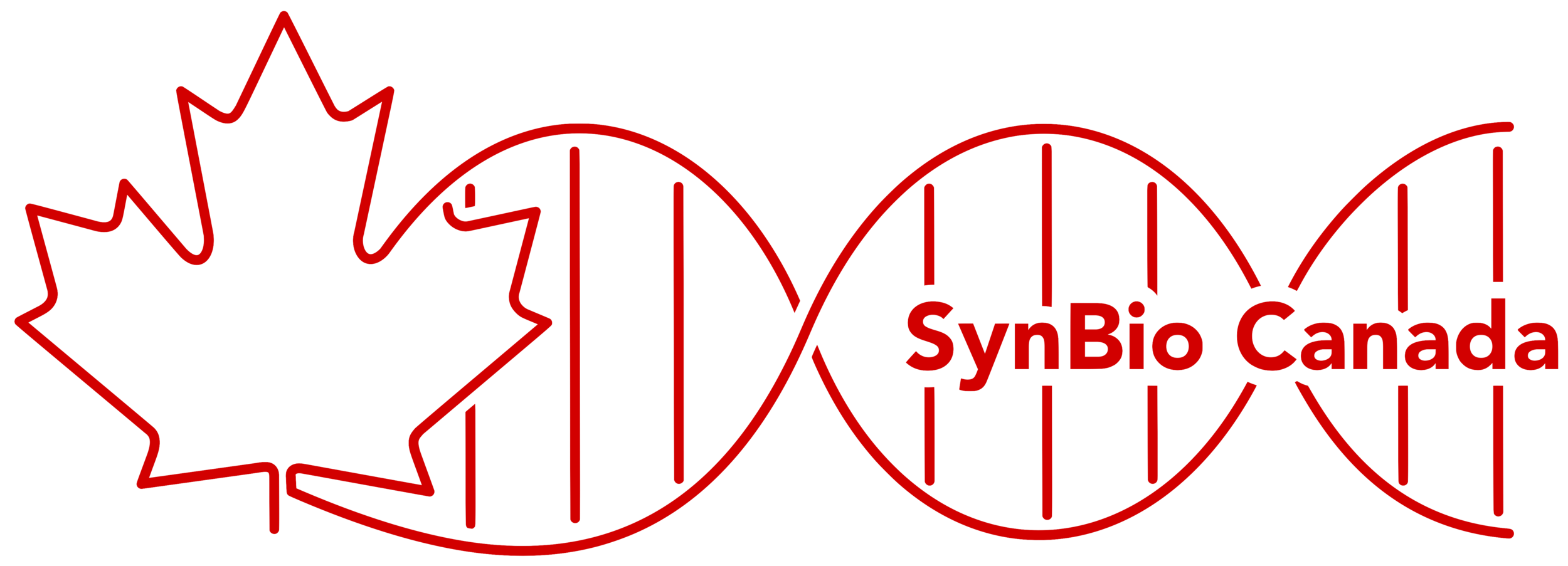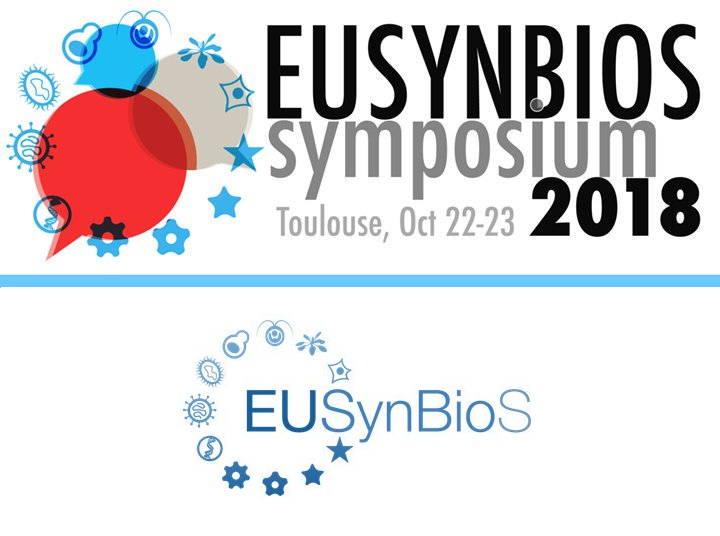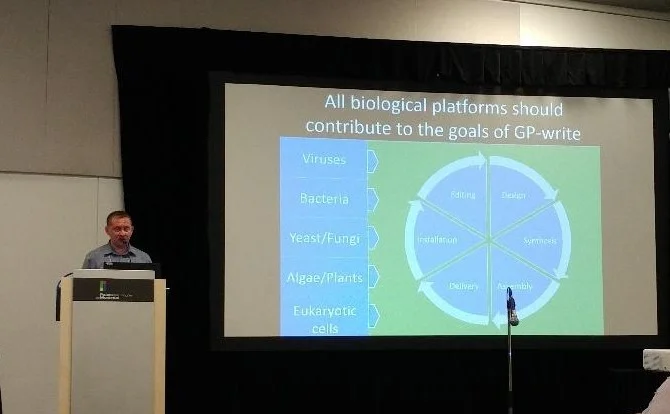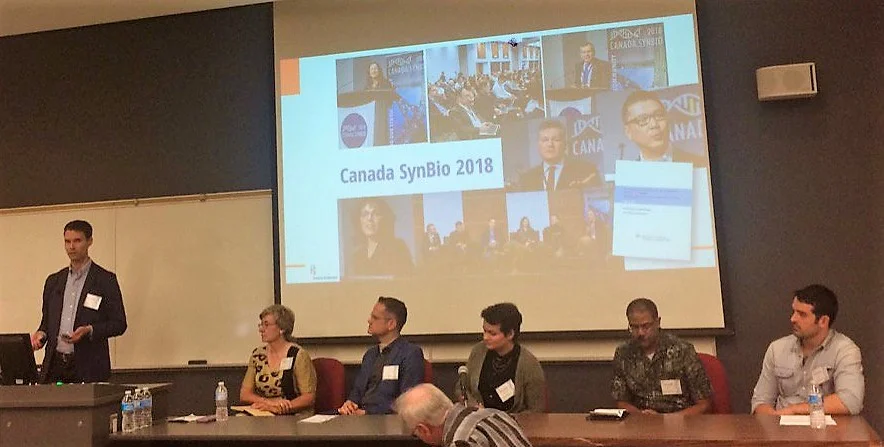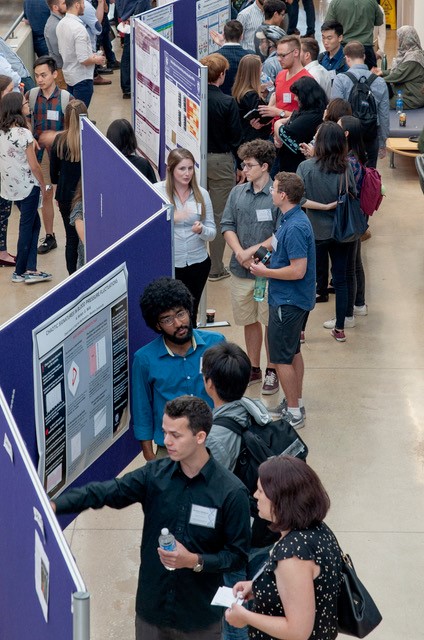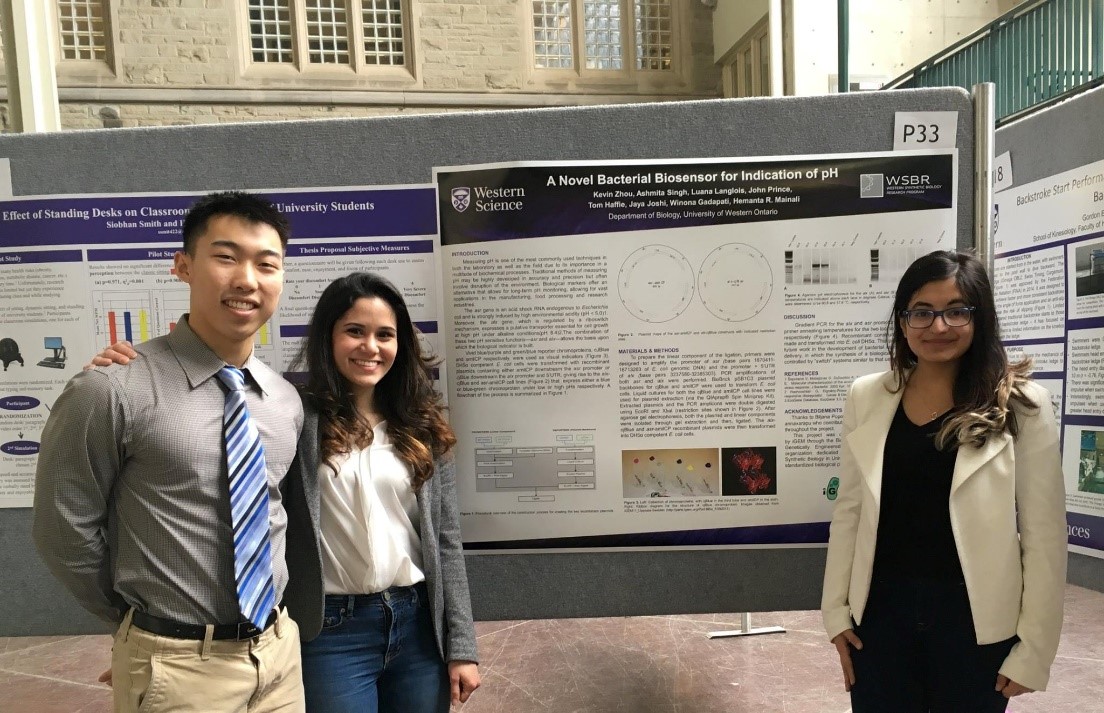Benjamin Scott - June 17, 2019
Dr. Wei Zhang, Assistant Professor University of Guelph
Dr. Wei Zhang is an Assistant Professor in the Department of Molecular and Cellular Biology at University of Guelph (www.thezhanglab.com). He conducted his PhD in the laboratory of Daniel Durocher in the Lunenfeld-Tanenbaum Research Institute of Mount Sinai Hospital and Department of Molecular Genetics at University of Toronto, where he identified new molecular mechanisms of telomere addition to DNA breaks and the spatial organization of DNA repair. For his postdoc studies with Drs. Sachdev Sidhu and Jason Moffat at the Donnelly Centre for Cellular and Biomolecular Research, Dr. Zhang developed combinatorial protein engineering approaches to manipulate human and viral enzymes controlling critical cell signal transduction cascades for innovative therapeutic strategies. He has received numerous awards, including the 2016 Mitacs Award for Outstanding Innovation, 2017 Cancer Research Society Scholarship for the Next Generation of Scientists, and the inaugural 2018 Donnelly Centre Research Excellence Award. To date, he has published 20 papers in high-impact journals and 3 pending patents. His lab is currently funded by Cancer Research Society, Rare Disease Foundation, NSERC, and CIHR.
How did your interest in synthetic biology first develop?
My interests in synthetic biology developed probably later than most people in the field, around the time when I was finishing my PhD and trying to figure out what I should do for postdoctoral studies. I was focusing on understanding the molecular mechanisms of telomere biology and DNA repair at that time and “synthetic biology” is really not something in my mind, until I started supervising an undergraduate student in the lab (Devin Trudeau, who later did his PhD with 2018 Nobel laureate Dr. Frances Arnold) whose project was synthesizing an artificial telomere. While the project went nowhere, it became clear to myself that my passion is not just exploring the mechanisms that drive cancer progression, rather to use that knowledge to ultimately develop effective drugs. Therefore, I changed my research focus from “understanding” to “modulating” cells signaling with the vision of bridging basic research and translational research by joining the laboratory of Dr. Sachdev Sidhu in the Donnelly Centre. Dr. Sidhu is an internationally recognized leader in protein engineering and phage-display technology. He spent a decade as a principal investigator in the Department of Protein Engineering at Genentech, Inc. He has led the development of phage-displayed synthetic peptide/protein/antibody libraries that have proven to be a rich source of valuable reagents for basic research and potential therapeutics for cancer and other diseases. During my postdoc tenure in the Sidhu lab (and later jointly supervised by Dr. Jason Moffat), I was able to combine the understanding of human cell metabolism to the generation of synthetic drug-like molecules that has potential for treatment of various human diseases. I expect this skill-set to serve as the foundation upon which I can explore my synthetic biology and protein engineering research program in University of Guelph.
About a year ago you started your lab at the University of Guelph. What advice can you impart to new PIs?
For new PIs, there will be many challenges other than the research itself. Here are what I learned from colleagues and mentors in my department and elsewhere. The three most important things are: People, Penny, and Paper. First of all: people. Surely you want to recruit the best to your lab, but that is not always easy and for different roles you need to look for different characteristics (e.g. technician vs graduate student). Here comes the second component of “people”: mentors. A good mentor will be extremely helpful on every aspects of a new PI’s life, including sharing experience in hiring. Please take advantage of every opportunity to broadcast your lab (invited talks, personal webpage, twitter, linkedin, etc.) to let the world know you are out there and recruiting. Second: penny. For a lab to be sustainable, getting competitive operating grant is essential. Start as soon as possible and apply as many as you can. Get support from your PhD and postdoc mentors and obtain suggestions/comments/feedback from people knowing your work and importantly, who are completely outside of your field. Grantsmanship is critical and that only comes to you after many rounds of revision based on suggestions from others. Do remember that sometimes it is good to be stubborn to stick to what you believe is the right way to write but definitely think from a reviewer’s perspective. Meanwhile, start engaging collaboration with other scientists and tap into funding opportunities that you can bring in convincing complementary expertise or become co-PIs and request for budget. Finally: paper. There is no need to further elaborate on this but I want to emphasize that try your best to avoid gap of publication. Instead to show your independence, which is important, it is ok to continue work with previous mentors and collaborators to have a continuous track record of publishing.
Are there specific resources needed to strengthen synthetic biology in Canada? What would make Canada a better place for the field?
Synthetic biology in Canada is booming, thanks to not-for-profit organizations like SynBio Canada, funding agencies like Ontario Genomics, and many other small and big firms willing to invest and nurture this emerging genre. I think Canada has a huge talent pool for the broad field of synthetic biology. In my opinion the value of synthetic biology in translational research is indeed recognized in Canadian public and private sectors. However, to make Canada a better place for this field, one has to realize the importance of conducting basic research for the benefit of synthetic biology, and vice versa. I find that in most cases it is presumable that for synthetic biology research you need/should get match from industry sources and there is a bias about what kind of synthetic biology research we conduct in Canada. There should be more operating grant funding opportunities from government agencies supporting basic research, such as Canadian Institutes of Health Research (CIHR) and Natural Sciences and Engineering Research Council of Canada (NSERC). How about establish an Institute for Synthetic Biology in CIHR? Similarly, “Synthetic Biology” could be a separate Evaluation Group in NSERC Discovery Grant program.
You’ve used phage display technology extensively for your protein engineering work. What makes this technique so useful?
Half of the 2018 Nobel Prize in Chemistry was awarded to Dr. George P. Smith, who invented phage display, and to Sir Gregory P. Winter, who used phage display to evaluate peptide and antibodies for therapeutic purposes. Needless to say, phage display is powerful and essential for protein engineering. It is very easy to learn and perform the experiments, and quite reliable and efficient in selecting for binders from a library of billions of variants. Other competitive advantages include: 1. Fast and cost-effective production. The whole process takes about 2 weeks and only purified proteins, phage, and E. coli are being used. 2. Highly amenable to rational optimization. The affinity and specificity of selected binders can be further improved. 3. Identification of competitive and allosteric regulation on protein surfaces small molecules cannot reach.
What are some up-and-coming synbio techniques or applications you’re excited about?
I have to give it up to CRISPR. We all witnessed how this technology revolutionized biological research in the past 5 years and it will continue to do so, particularly pertaining to synthetic biology. My lab is also interested in further improving the efficiency and accuracy of CRISPR in genome editing by manipulating DNA damage and repair. I do want to note the importance of ethics in implementing this technology in clinical research, as we heard from Dr. Jiankui He who shocked the world by revealing his controversial human embryo experimentation.
We’re trying something new with our “SynBio Grand Challenges” leader board game. You get 5 points to either add to or subtract from each of these Challenges. -3 points means the challenge is removed, and you can replace it with your own idea! Be ruthless!
Some possible examples: You give +1 point to each, or you give +2 points to two of them and -1 point from one.
The SynBio Grand Challenges Game
- Specific and tunable human gene editing +2, Score = 7
- Carbon neutral chemicals & fuels +2, Score = 4
- “Smart” therapeutics that sense and respond +0, Score = 4
- Multi-host nitrogen-fixing microbes +0, Score = 2
- Microbes for bioremediation +0, Score = 2
- A genetic code that uses new amino acids -1, Current Score = -2
